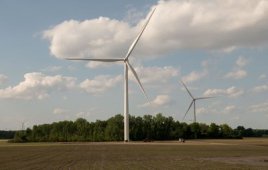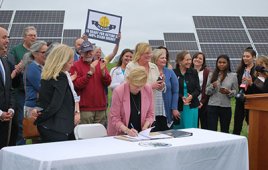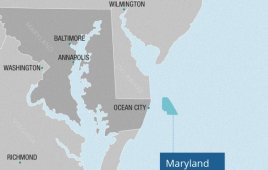Wind farms run on sensors. They make condition monitoring and SCADA systems possible. Without sensors, no system can be controlled. One pearl of wisdom often dropped by control engineers says that a control is only as good as what it measures, and an event cannot be controlled if it cannot be measured. For wind professionals, the most important sensors are vibration, temperature, and pressure. There are others, such as debris monitors for oil.
Expect to find sensors in more places in part because they are getting cheaper and MEMS manufacturing techniques are making them smaller. In addition, more powerful, less expensive sensors will allow their use in more places than previously possible. Smart sensors will allow making control- based decisions at a node, such as turn-on devices, flip-circuit breakers, or send trend data. Expect to see more intelligence at the node.
Sensors come in all sizes. A laser-based wind sensor, for instance, sits in a pod and mounts to the top of a nacelle. Particle sensors look for debris in oil. Small ones occupy less than 150 in.3 yet provide contamination control. A few features include monitoring system contamination trends, and early warning LEDs or digital-display indicators that tell of low, medium, and high contamination levels.
More recently, sensors and their controls allow for adjustments to yaw misalignment, rotor imbalance, and even blade damage. When running below rated power, a 10° yaw misalignment reduces power output by about 5%. Sensors that provide data on mass and aerodynamic imbalances allow early action to maximize power generation and avoid damage. And sensors can tell of damage affecting the structural or aerodynamic performance of a blade, allowing early remedial action.
In a related development, recent CANbus compatible valve controllers working under the CANopen protocol, have bandwidth to accommodate almost any practical load of control signals plus inputs from sensors that monitor valve and actuator performance. By identifying small degradations in performance, sensors and software in today’s systems can schedule preventive maintenance and even component replacement during scheduled downtime
Filed Under: Uncategorized




